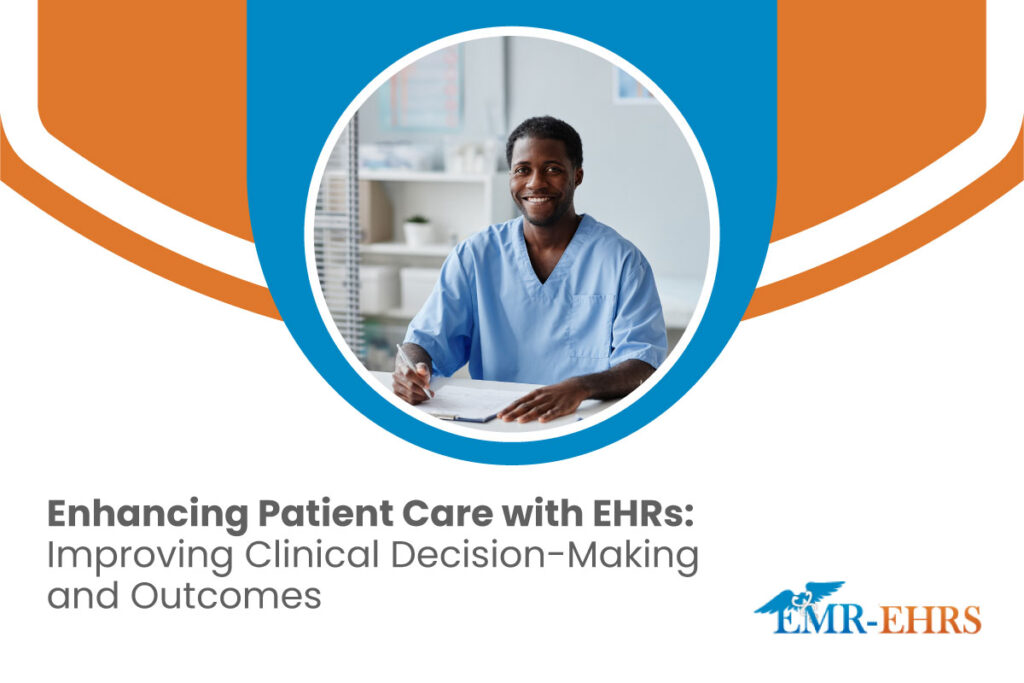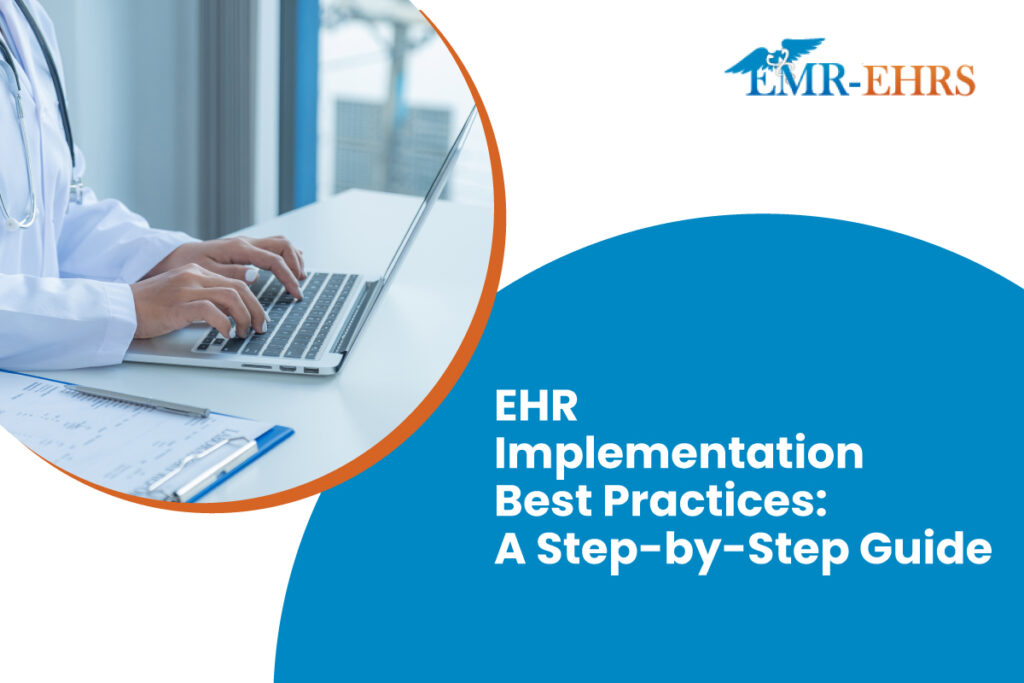
Picture this: your urgent care center is packed, with patients seeking care at every turn. Your team is moving quickly, but things can quickly get chaotic without the proper systems in place. This is where a reliable urgent care EMR (electronic medical record) comes in handy. It serves as the backbone of a well-organized, high-performing facility designed to seamlessly manage the fast-paced demands of urgent care.
As more people turn to walk-in centers for their healthcare needs, finding the best EMR for urgent care has never been more critical. Whether coordinating patient check-ins, handling prescriptions, or ensuring accurate billing, the right urgent care EMR software can revolutionize your practice.
Here are ten essential features to consider when choosing an EMR for urgent care centers to help you make an informed choice.
Looking for the Best Urgent Care EMR?
1. Patient Registration and Scheduling
First impressions matter to patients, whether they’re coming in for a scheduled appointment or a casual drop-in. That’s why your urgent care EMR should offer an intuitive, user-friendly registration system that works seamlessly for walk-ins and scheduled visits.
The ideal urgent care EMR software streamlines appointment management and handles patient volume efficiently, significantly reducing wait times and boosting overall satisfaction.
2. E-Prescribing
Gone are the days of scribbling out handwritten prescriptions and hoping the pharmacist can decipher your handwriting. By adopting an urgent care EMR with e-prescribing capabilities, you can streamline the prescription process, making everything digital, direct, and secure. With this feature, your team can work more efficiently and significantly reduce medication errors, allowing for faster prescription fulfillment.
3. Clinical Documentation
One common challenge urgent care centers face is finding the right balance between speed and quality in clinical documentation. This is where an urgent care EMR with customizable templates can make a difference. From sprained ankles to flu symptoms, templates help ensure that all essential information is documented. You can also use AI-powered clinical documentation tools to further reduce documentation time without compromising accuracy.
4. Patient Portal
In today’s tech-savvy world, patients expect easy access to their health information, and an EMR-integrated patient portal is the perfect way to provide that. A secure, easy-to-use portal gives patients access to their medical records, lab results, and appointment schedules whenever needed.
Beyond its convenience, a portal is an effective tool to enhance patient engagement. When patients are more involved in their care, they’re more likely to follow treatment plans, which leads to better outcomes and higher patient satisfaction.
5. Billing and Coding Support
If you’ve ever dealt with the headache of denied insurance claims, you know how crucial accurate billing and coding are to your center’s success. The best urgent care EMRs simplify this process by automatically assigning the correct codes based on your clinical documentation.
When billing and coding are handled correctly, claims are processed faster, meaning fewer denials and a healthier cash flow. Integrating billing directly into your urgent care EMR saves time, reduces paperwork, and ensures you’re getting paid for the services you provide.
6. Reporting and Analytics
With advanced reporting and analytics features in your urgent care EMR software, you can easily track patient trends, monitor clinic performance, and pinpoint areas for improvement. Imagine having a clear view of your busiest times, the most common treatments, and average patient wait times—all in one place. You can make informed decisions to enhance efficiency and patient care.
7. Mobile Access

Since every second is precious in urgent care, a mobile-accessible EMR is a must-have for healthcare providers. With mobile access, you’re no longer tethered to a desk. You can effortlessly check patient records, review lab results, and prescribe medications directly from your mobile device, whether you’re in the exam room, on the go, or at home.
This immediate access ensures that critical information is always at your fingertips, allowing for rapid responses to patient needs and optimizing overall workflow efficiency. Moreover, mobile EMR access fosters better communication and collaboration among team members, allowing providers like you to quickly share information and updates, ensuring that everyone is on the same page.
8. Integrations with Labs and Imaging
Urgent care centers frequently rely on labs and imaging services to provide quick diagnoses. Having an EMR for urgent care that integrates seamlessly with these services means you’ll get test results faster, which is crucial when patients are waiting for treatment decisions.
With automatic updates from lab and imaging services, results go directly into the patient’s record, making it easier for providers to review and take action without any manual data entry. This not only speeds up diagnosis and treatment but also reduces the potential for errors.
9. Inventory Management
Keeping track of medical supplies and medications is critical in any healthcare setting, but it’s especially important in urgent care. You don’t want to run out of essential supplies in the middle of a busy day. An urgent care EMR with integrated inventory management tools can help you stay on top of stock levels and track usage in real-time. Good inventory management also helps reduce waste by ensuring that medications and supplies are used before expiration.
10. Compliance and Security Features
When it comes to healthcare, safeguarding patient information is non-negotiable. The best urgent care EMRs come equipped with robust security features such as data encryption, access controls, and regular audits to keep sensitive information secure.
Beyond security, your EMR must help you stay compliant with regulations like HIPAA. Built-in compliance features ensure your clinic follows industry standards, protecting you from potential penalties while maintaining patient trust.
Equip Your Urgent Care Center with the Best EMR-EHR Solutions
Running a successful urgent care center requires an EMR that can keep up with the demands of a busy, fast-paced healthcare environment. From patient registration to compliance, these features are fundamental for improving your clinic’s efficiency and delivering exceptional patient care.
Ready to find the perfect urgent care EMR software for your practice? Our EMR-EHR team is here to help! We’ll guide you through the decision-making process to ensure you select a solution tailored to your unique needs. Call us at (480) 782-1116 for a demo or a quick chat!















